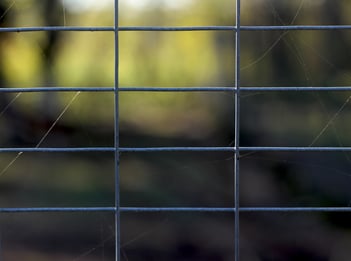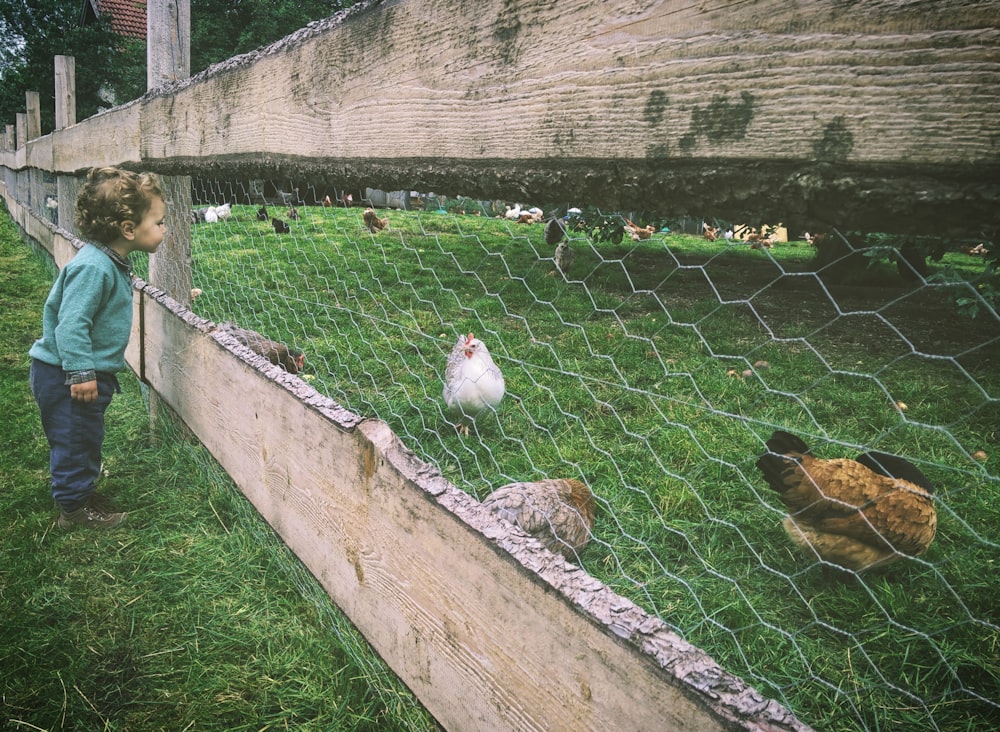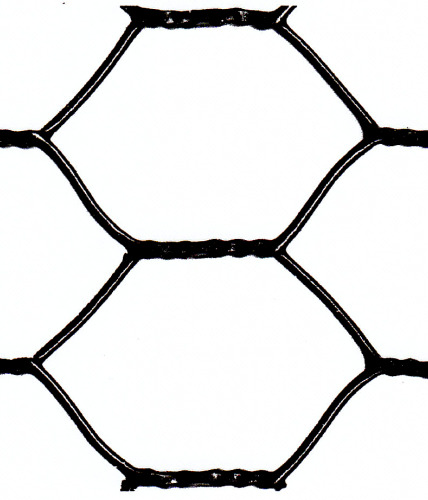Greenhouse Benches that Last
- Do you need a flat bench surface to set your pots and containers on?
- Is good drainage important?
- Should the bench top be strong enough to support the weight of large single pots?
- Do you want your benches to last a long time?
- Is it important that the benches have an attractive appearance?
- What is the best type of mesh to use?
There are several different ways to make the tops of greenhouse benches. Perhaps the most important consideration
centers on the kind of top or surface you decide you want. Welded wire meshes are the most common materials
used. They offer several advantages:
- Availability - more readily available from distributors of specialty wire mesh products
- Gauges - more choices from a wide variety of gauges depending on the amount of support you need
- Mesh sizes - select the mesh size you need from a wide range of choices
- a larger mesh can be used for flats, large pots and containers
- a smaller mesh provides stability for small pots
- Finishes - choose among galvanized before weld, galvanized after weld and vinyl coated welded wire
- galvanized before - least expensive - shortest lifetime
- galvanized after - extra, thick protection of rust-resistant zinc - longer lifetime
- vinyl coated - additional protection of PVC - most attractive, most rust resistant and longest lifetime
- Drainage - excellent drainage through porous surfaces
- Strength - adequate strength for any situation
Wood slat snow fence is another possibility. Although it may be difficult to get a smooth flat surface for smaller pots, it is a simple, quick and inexpensive solution. The possibility of rot and broken slats can present problems over time. If you want a longer lasting and more permanent bench, use a metal mesh.
Expanded metal can be used for the tops of greenhouse benches. Rugged and strong, these products are usually available in sheets of different dimensions as well as different finishes.




.jpg?width=334&name=greenhouses-1406881-640x480%20(3).jpg)












